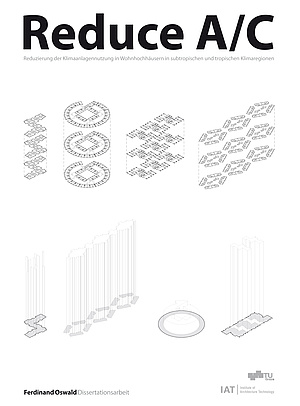
Soaring energy consumption and urban warming are major disadvantages of air conditioning systems. It is expected that the densification of metropolises in subtropical and tropical climate zones will continue and thus further exacerbate the already hazardous situation. The problems addressed here provoke some questions that this research project hopes to clarify. Is it possible to reduce the utilisation of air conditioning systems in high-rise towers in subtropical and tropical climate regions? Which ventilation principles could achieve comfort without air conditioning? The specific architectural configuration of walls, façade structures and wall openings based on building physics will play a crucial role in improving the indoor climate in hot wet regions. External walls in such regions need to protect buildings from overheating through solar incidence while simultaneously enabling natural ventilation. However, wall openings need to be designed to meet specific local requirements as well, in order to respond flexibly to various external factors such as temperature and airspeed. Analyses of case studies will show how different ventilation principles can be achieved and what relevance they have for the creative style and comfort of buildings.
Project duration:
since 2011 Project management:
Institute of Architecture Technology, TU Graz
Ferdinand Oswald Financing:
Institute of Architecture Technology, TU Graz
since 2011 Project management:
Institute of Architecture Technology, TU Graz
Ferdinand Oswald Financing:
Institute of Architecture Technology, TU Graz
